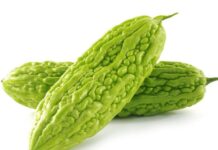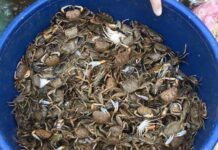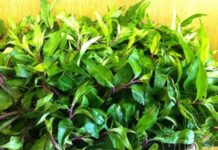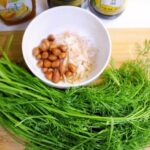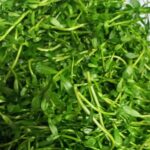Wild tamp bop plants are commonly found along the edges of rice fields and canals, as well as on wasteland. The plant grows to a height of about 50-80 cm, with soft green leaves that have a slightly serrated edge, and small, pale yellow flowers. Despite the lack of formal cultivation, this plant thrives due to its resilient nature and is mainly harvested by locals as pig feed.
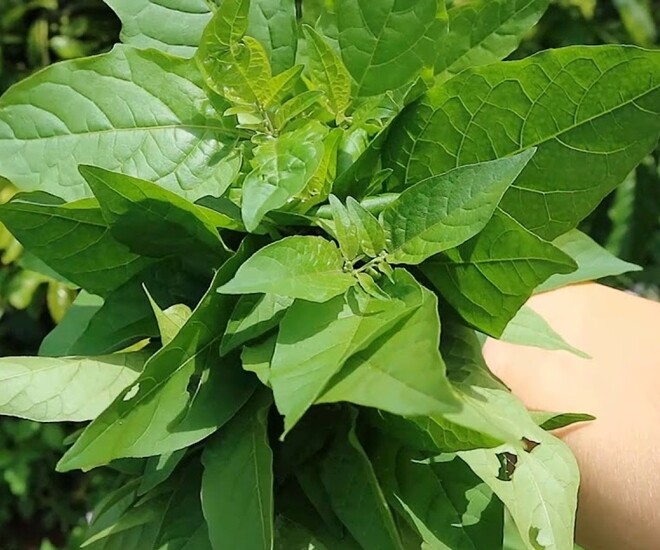
Tam bop herb.
Once considered a mere weed, the tam bop herb has now become a surprising find in clean food stores and even supermarkets, commanding a premium price. The tender shoots of the tam bop herb are commonly used in various delicious dishes, such as boiling, stir-frying, and making soups. What has transformed this humble country herb into a “delicious and expensive” delicacy?
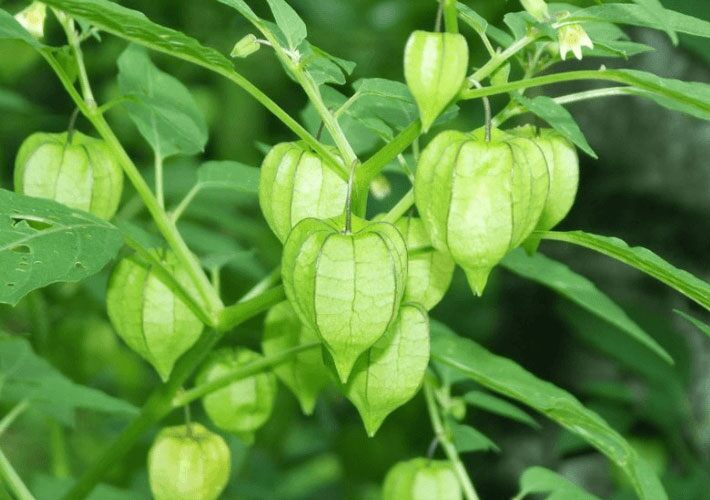
Tam bop fruit.
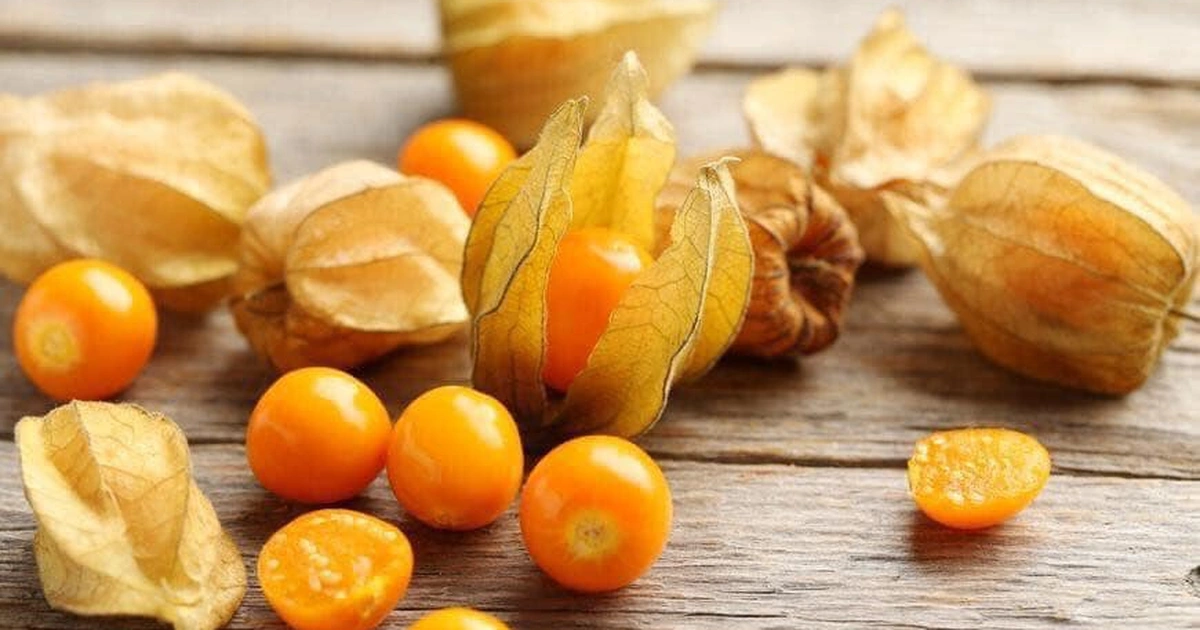
Ripe tam bop fruit.
The tam bop plant, also known as the lantern plant, thu lu canh, bom bop, or bum bup, has the scientific name Physalis angulata and belongs to the Nightshade family. In addition to its culinary uses, the tam bop herb is also considered a valuable medicinal plant. According to traditional medicine, all parts of the plant, including the leaves, stems, flowers, roots, and fruits, can be used for medicinal purposes.
The tam bop herb has cooling properties and a slightly bitter taste. It helps detoxify, clear heat, reduce inflammation, and promote diuresis. Many people use it to support the treatment of sore throat, fever, diabetes, high blood pressure, boils, and other ailments. Rich in vitamins A and C, the herb can also help prevent and reduce pain and damage to muscle tissues, boost immunity, improve eyesight, treat diabetes, and prevent urinary tract stones.
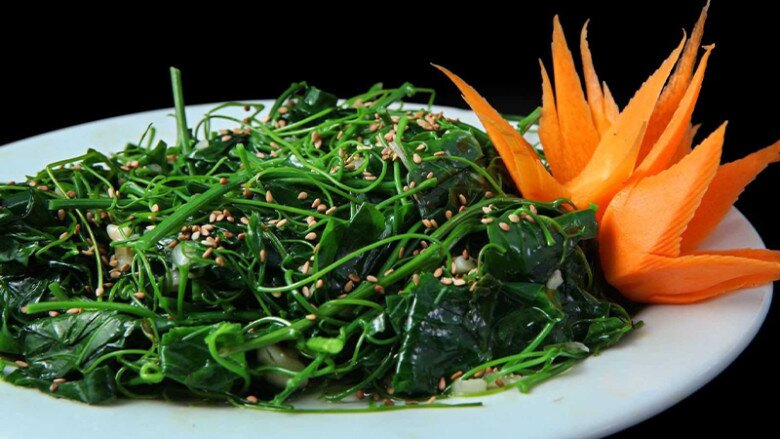
Stir-fried tam bop herb.
The tam bop fruit can be consumed raw, made into jams, juiced, or dried for long-term preservation.
Currently, the price of tam bop herb ranges from VND 30,000 to 55,000 per kg, depending on supply and quality. During the Tet holiday, when many people look for tam bop to relieve indigestion, prices may rise even higher. Ripe tam bop fruit can fetch up to VND 200,000 per kg.
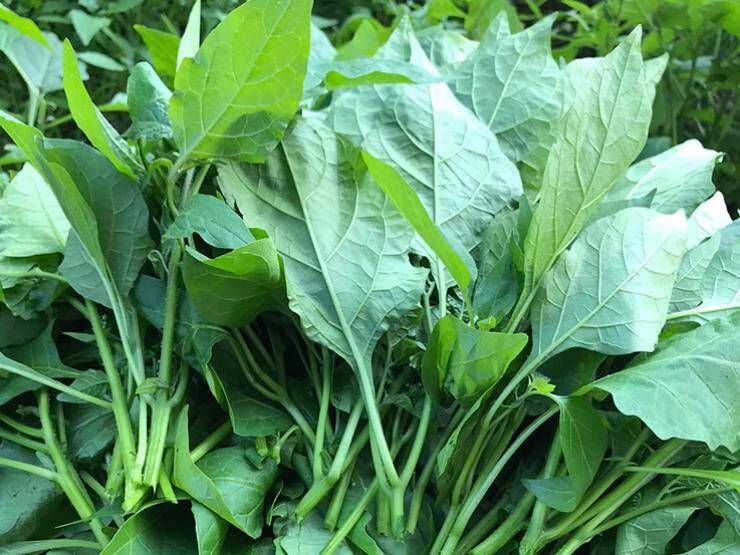
How to Grow and Care for Tam Bop Herb
Today, tam bop is not only harvested from the wild, but it has also been cultivated and even grown in home gardens. This is because tam bop is easy to grow and requires minimal care, thriving in hot and humid climates as long as the soil is loose, well-drained, and nutrient-rich.
Tam bop is usually propagated by seed. First, collect seeds from ripe tam bop fruit, which typically has a thin, dry outer shell and an orange-yellow interior, or you can buy seeds for planting. Soak the seeds in warm water for about 4-6 hours to stimulate germination, then sow them directly into the ground or a seedling tray. After sowing, water regularly once or twice a day, ensuring the soil doesn’t dry out completely or become too soggy.
The plant grows rapidly, and within 7-10 days, seedlings will emerge. When the seedlings reach a height of about 7-10 cm, they can be transplanted to a wider area, spacing each plant 30-40 cm apart to ensure proper growth. You can grow them in your garden, pots, or even buckets if space is limited.
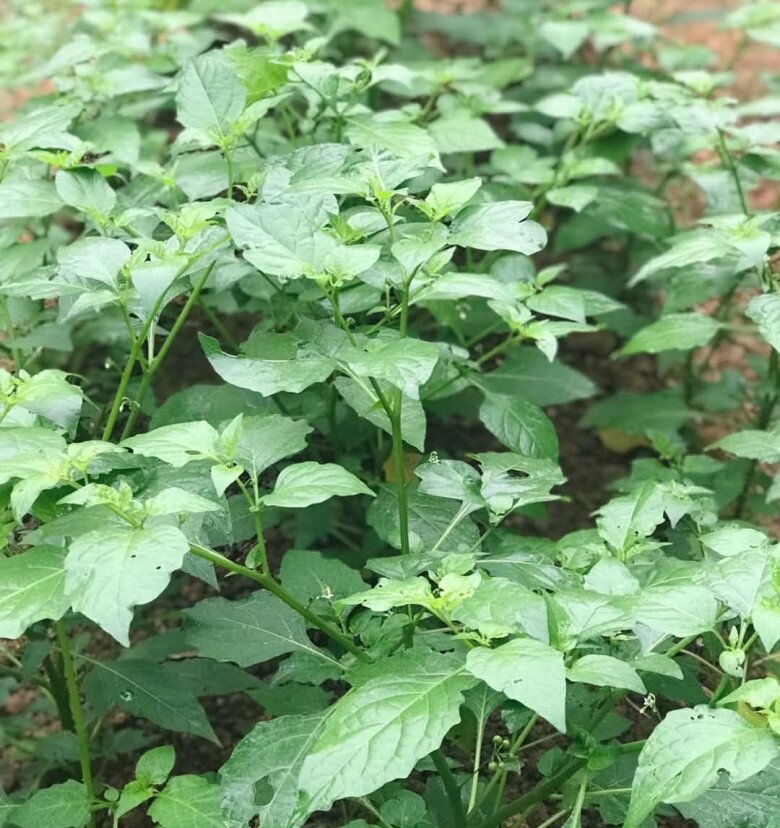
When caring for your tam bop plant, keep the following in mind:
– Soil: Tam bop prefers loose, well-drained, nutrient-rich soil. A mixture of loamy soil and sand is ideal.
– Light: Choose a sunny and airy location for planting.
– Fertilizer: During the growing period, periodically add decomposed manure or microbial fertilizer every 2-3 weeks. Remove weeds and mound the soil around the base of the plant to promote growth.
Tam bop is rarely affected by pests and diseases. Keep an eye out for leaf-eating insects, which can be controlled by handpicking or spraying with a mild garlic and chili pepper solution.
You can harvest the young leaves for cooking after about 40-45 days. If you want to harvest the fruit, wait for about two months until the fruit turns orange-yellow and the outer covering becomes dry. The plant provides a continuous harvest, and each picking is spaced a few days apart. When the plant gets old and produces fewer young shoots, cut it back close to the ground, water it regularly, and it will regrow, producing many new shoots for further harvesting.
The Ultimate Superfood: Nature’s Gift for a Healthy Liver and Stomach
Thyme is not just a delicious herb, but it also boasts an impressive nutritional profile. With an exceptionally high content of vitamin C, thyme can boost your immune system and keep you healthy. But that’s not all; thyme also contains surprisingly high levels of calcium, even surpassing the amount found in milk. This makes it an excellent choice for older adults and growing children, as it helps to strengthen bones and prevent osteoporosis. So, not only does thyme add a flavorful punch to your meals, but it also provides a powerful punch of essential nutrients.













